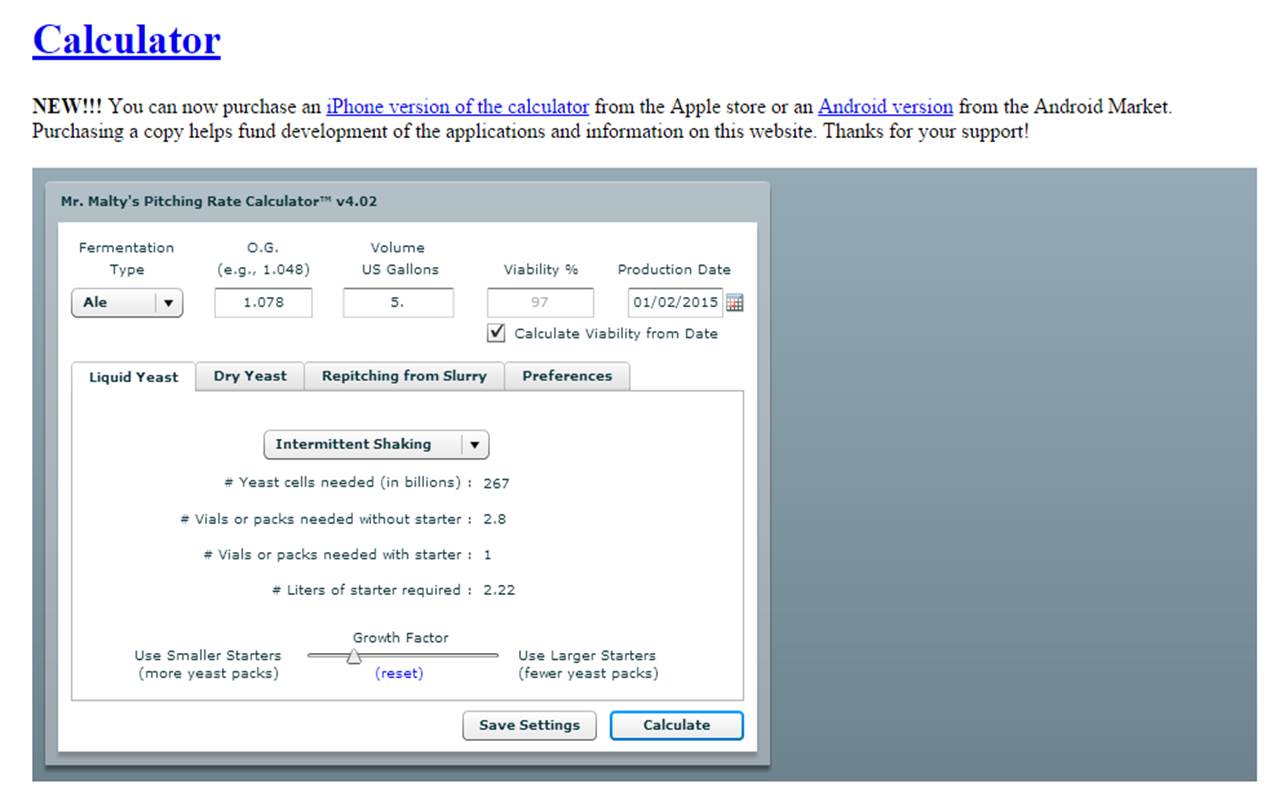lcbjr77
Well-Known Member
- Joined
- Jan 2, 2015
- Messages
- 74
- Reaction score
- 26
Newbie here,
As soon as my kits arrives I will be attempting a beer with a OG of 1.078, I see a lot of people say that a beer over 1.060 requires more yeast or a yeast starter.
My questions:
How long do you start the yeast starter prior to you pitching into the wort... Is that something you would get ready the day before?
Whats the difference between using the foam stopper or the bung and airlock?
Thanks
Larry
As soon as my kits arrives I will be attempting a beer with a OG of 1.078, I see a lot of people say that a beer over 1.060 requires more yeast or a yeast starter.
My questions:
How long do you start the yeast starter prior to you pitching into the wort... Is that something you would get ready the day before?
Whats the difference between using the foam stopper or the bung and airlock?
Thanks
Larry






























![Craft A Brew - Safale S-04 Dry Yeast - Fermentis - English Ale Dry Yeast - For English and American Ales and Hard Apple Ciders - Ingredients for Home Brewing - Beer Making Supplies - [1 Pack]](https://m.media-amazon.com/images/I/41fVGNh6JfL._SL500_.jpg)


























